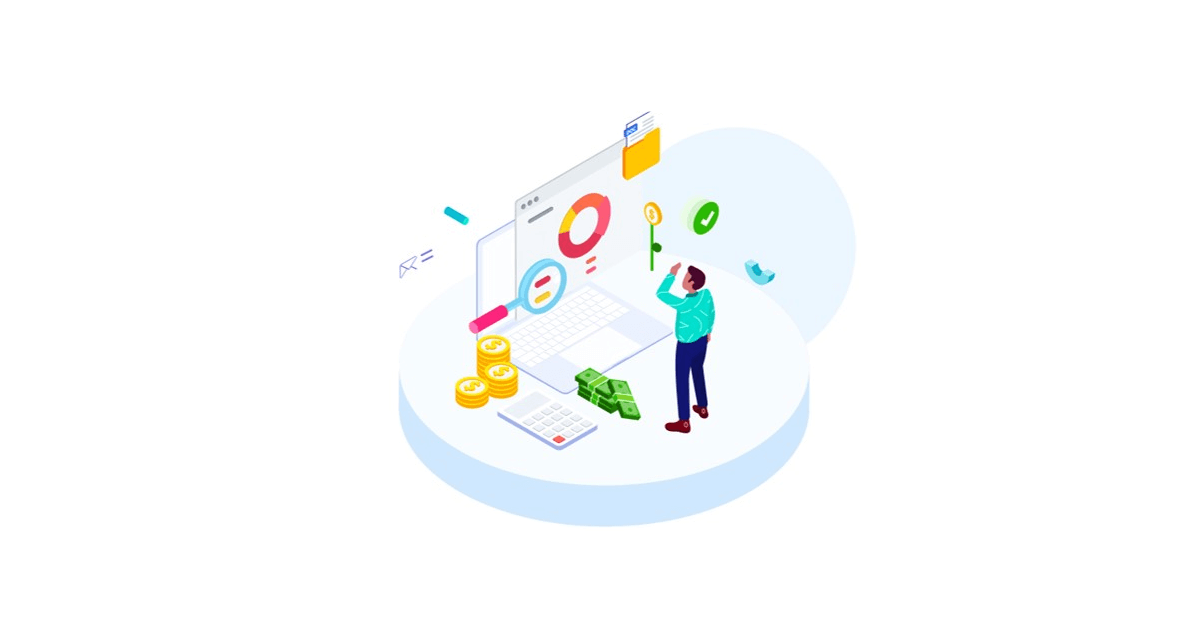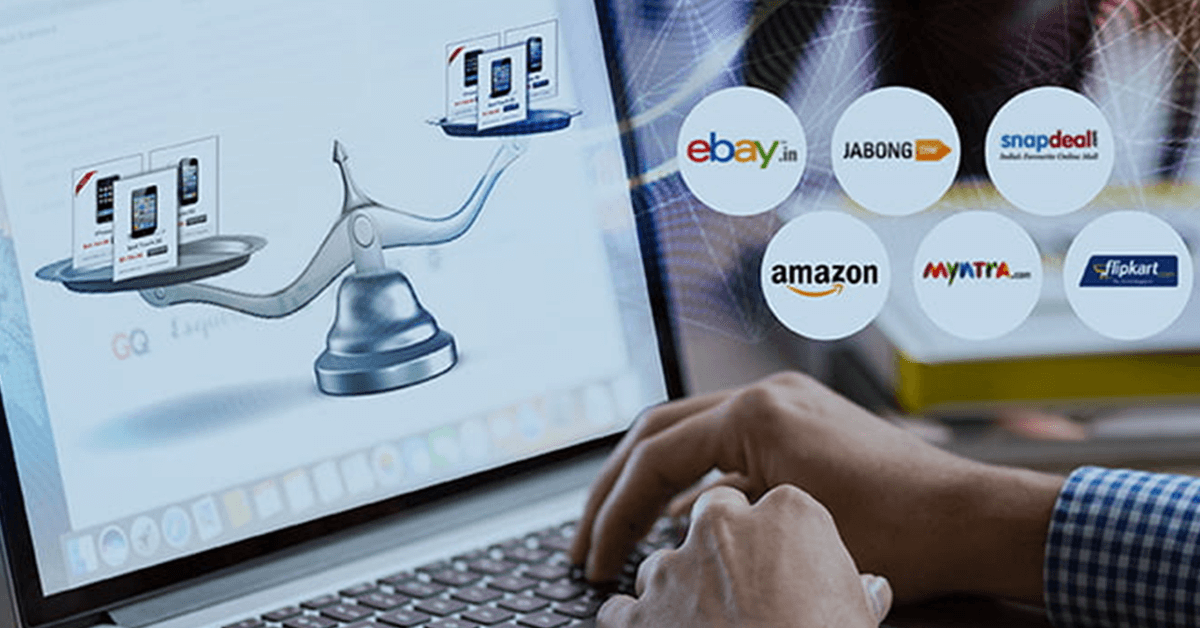For a moment, picture yourself on a busy city street on a crisp autumn morning. You notice the busyness of the day along with the vibrant orange, red, and yellow hues that create a picturesque backdrop. You stroll along the sidewalk, suddenly craving a hot cup of coffee to invigorate your senses. As you embark on your exploration, you find two coffee shops nestled side by side. One shop boldly advertises its coffee at $5, and the other displays a little higher price of $8. Now you are intrigued about the price difference, and your inquisitiveness led to the revelation that both the coffee shops offer similar quality coffee beans, cozy ambiance, and jovial baristas. Which cafe would you choose to satisfy your cravings?
This simple situation holds a lesson on the significance of price comparison in the realm of business. In their endless pursuit of the best value for their money, consumers seek to secure goods and services of persistent quality. In the past, this endeavor required arduous manual efforts, entailing the monitoring of various selling platforms on a daily, and sometimes even hourly, basis.
However, the advent of price comparison websites revolutionized the game. These online platforms gather prices, reviews, and descriptions from various sources, effectively sparing consumers the hassle of executing detailed research. If you are yet to embrace the power of price comparison, it is time that you entered this domain.
What is Price Data?

Price data is the information and records related to the pricing of products or services in the marketplace.
It contains various details, such as the cost of a particular item, discounts or promotions available, the latest pricing trends, and any other suitable pricing information. Price data can be collected and analyzed to gain insights into market dynamics, rival pricing techniques, patron behavior, and overall pricing habits.
Price data is critical for businesses as it allows them to make educated decisions about their pricing strategies, product placement, and market competitiveness. By monitoring and studying price data, companies can estimate the value of their offerings, identify pricing gaps, modify their pricing to maximize profitability, and respond effectively to changes in market conditions.
You can gather price data through various sources, such as market research, competitor analysis, price comparison websites, e-commerce platforms, and internal sales and stock records. With the dawn of technology and data analytics, businesses can leverage advanced tools and algorithms to accumulate, process, and analyze price data more efficiently, permitting better pricing optimization and decision-making.
What is Price Scraping?
Also known as web scraping or data scraping, price scraping extracts pricing information and related data from websites or online sources. It involves automated software or scripts that navigate through web pages, gather the chosen pricing details, and collect them into a structured format for further analysis or use.
Price scraping typically concerns accessing an HTML or XML code from a website and extracting specific data features, such as product names, descriptions, prices, discounts, and availability.
Businesses utilize price scraping for various E-commerce companies may use it to monitor competitor prices, identify pricing trends, or adjust pricing strategies accordingly. Price comparison websites rely heavily on scraping to aggregate and display pricing information from multiple sources.
Advantages of Price Comparison Web Scraping
Pricing comparison web scraping is a special tool that enables businesses with pricing. It helps with a few important things including:
- It aids businesses to know what other enterprises are demanding for their products. This way, they can see if their prices are too high or too low compared to others.
- It also helps companies learn more about the market. That means they can find out common prices and people's willingness to pay.
- The tool helps businesses find the best prices to make the most money. They can look at all the prices and figure out what price will give them the most profit.
- It's not just for businesses, though! It also helps common people by making it easier to compare prices when we want to buy something. We can see different prices and decide which is the best for us.
- Sometimes, prices can alter quickly because of different reasons. This tool helps firms change their prices rapidly to keep up with what's happening in the market.
- And the best part is that the tool does all the work automatically. It saves a lot of time and effort because companies don't have to search for prices on their own. The tool collects all the information for them.
How to build a successful price comparison website?

To build a successful price comparison website, you need to follow these steps:
- Pick a precise area: Decide what products or services you want to help people compare prices. It could be things like toys, clothes, or electronics.
- Discover the prices: Accumulate information about prices from diverse stores or websites. This way, you can show people the different prices for the same item.
- Make it effortless to use: Design a website that is easy and painless to understand. People should be able to explore products and see the prices easily. You can add filters and sorting choices to help them find what they want.
- Keep the latest prices: Ensure the prices on your website are valid and current. Update them regularly so people can trust the information you provide.
- Make the website work agreeably: Your website should be fast and function smoothly. Nobody likes pausing for a slow website.
- Earn money: Think of how to make money from your website. It could be by displaying ads, partnering with stores, or getting a commission when people buy something through your website.
- Add extra valuable things: It could be things like reviews from other people, ratings for products, or informing people when prices drop.
- Collaborate with stores: Build good connections with stores and websites. This way, you can get more information regarding prices and maybe even impressive deals for your users.
- Notify people about your website: Use distinct ways to let people know about your website. You can utilize social media, write articles, or use online ads to get more traffic to visit your website.
- Keep improvising: Take note of others’ considerations about your website and see how they use it. Use their feedback to make it even better. Keep understanding and acclimating to make sure your website stays popular.
Building a successful price comparison website takes time and effort, but by heeding these steps, you can build a website that enables people to find the best prices and make smart picks when shopping.
Closing Thoughts/Conclusion
So, price comparison web scraping is a helpful tool that businesses use to figure out the best prices for their products. It also helps people like us by making it easier to compare prices and find good deals.


